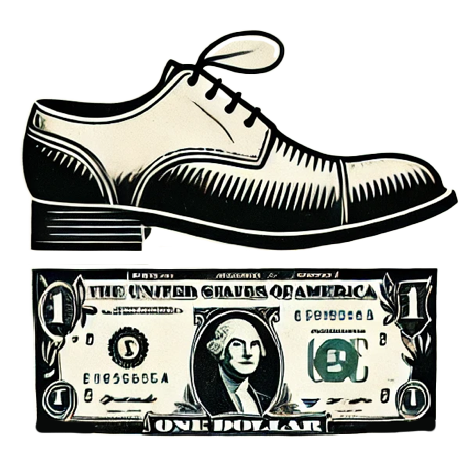In a landscape marked by fluctuating interest rates, the recent communication from the Federal Reserve has sparked concerns and optimism in equal measure. While those struggling with debt may feel an impending pinch, savers could find themselves enjoying the benefits of a prolonged period of higher interest rates. Understanding the implications of the Fed’s outlook—termed “higher for longer”—is essential as we navigate through 2024 into 2025.
The Federal Reserve has taken a cautious approach, projecting only two interest rate cuts in 2025, as opposed to the four that had been anticipated just months earlier. This significant shift stems from revised inflation projections, urging consumers to reassess their financial strategies. The central bank’s aggressive rate hikes in 2022 and 2023, aimed at curbing inflation, have escalated borrowing costs to levels not seen in over two decades. As Greg McBride, chief financial analyst at Bankrate, aptly puts it, “the mantra is higher for longer.” This prolonged period of elevated rates will generally benefit those with cash holdings in high-yield savings accounts, as returns correlate closely with the Fed’s benchmark interest rates.
For those who’ve managed to stash away funds, the landscape looks promising. High-yield savings accounts are currently offering interest rates between 4% and 5%, a significant contrast to the meager returns of 0.5% that dominated the market in 2020 and 2021. This shift positions 2024 and 2025 as potentially fruitful years for savers, provided they harness appropriate financial instruments. Money market funds feature similar attractive rates, but not all institutions deliver these competitive returns. McBride emphasizes that savvy savers should direct their investments to online banks, where higher interest rates tend to reside, rather than sticking with traditional brick-and-mortar establishments offering paltry returns.
One pressing decision faced by savers is whether to choose high-yield savings accounts or certificates of deposit (CDs). Marguerita Cheng, a certified financial planner, underlines that the decision often hinges on individual financial circumstances. High-yield savings accounts offer more flexibility, allowing easy access to funds but come without a guaranteed interest rate, which can lead to fluctuating returns. In contrast, CDs provide a fixed rate of return but at the cost of liquidity; funds are locked in for a specified term. Therefore, the decision revolves around individual priorities and circumstances—whether one values immediate access to funds or prefers predictable returns over time.
Given the current environment, the importance of safeguarding your investments cannot be overstated. While high-yield savings accounts can yield attractive returns, it is crucial to ensure that your deposits are protected by Federal Deposit Insurance Corporation (FDIC) coverage. McBride strongly warns against using fintech platforms that may not offer the same levels of insurance, as evidenced by the recent bankruptcy of Synapse, which left many customers unable to access their savings. All deposits up to $250,000 are insured in the event of a bank failure if placed in a federally insured institution. Hence, confirming the safety of your bank’s FDIC status should be a fundamental priority for all savers.
For consumers, the silver lining in higher interest rates is the opportunity to bolster savings, whether for emergencies, investments, or future purchases. This is particularly important in a climate where existing debts could compound due to increased borrowing costs. By consciously choosing advantageous savings vehicles, individuals can build a robust financial foundation that prepares them for unexpected financial hurdles or investment opportunities.
As we move forward with an uncertain economic landscape, the implications of the Federal Reserve’s interest rate policies resonate strongly with consumers. While those with debt may face hurdles, savvy savers have the chance to turn these challenges into opportunities by employing strategic savings methods and ensuring their financial assets are secure. Awareness and informed decision-making will be vital as we adjust to the continuing rise of financial strategies in a high-interest era.

